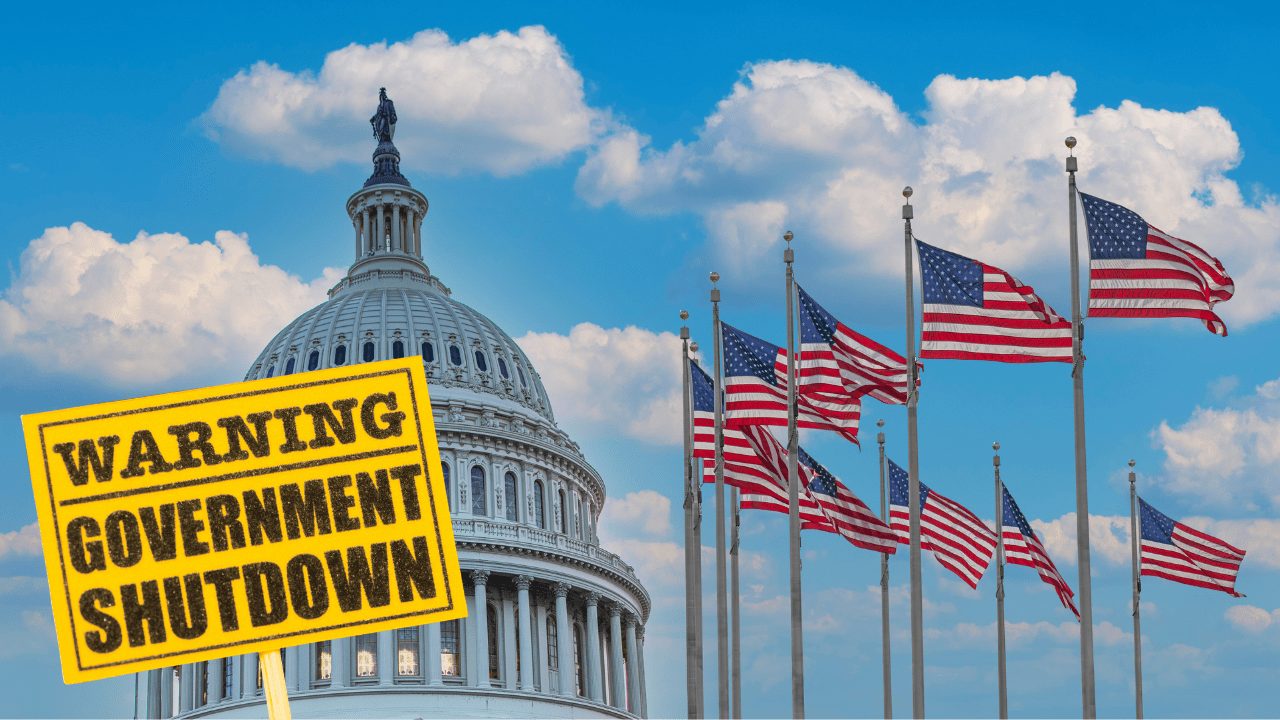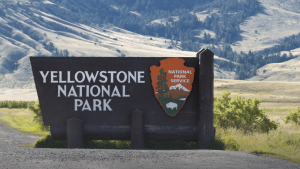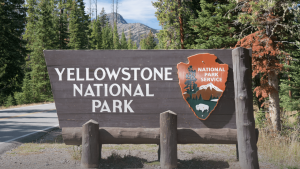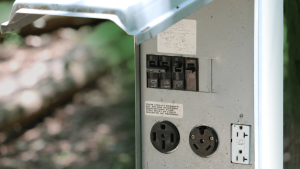The federal government has officially shut down after lawmakers failed to pass a funding bill, and RV travelers heading for public lands now face an unpredictable situation. National parks, forests, and other federally managed areas are technically open, but many of the people who maintain and staff them have been sent home without pay.
Interior Secretary Doug Burgum ordered national parks to stay “open and accessible” despite deep staffing and budget cuts earlier this year. That decision is drawing pushback from 40 former park superintendents, who warn that parks without rangers can quickly become unsafe and damaged. Past shutdowns proved their point: trash overflowed, toilets closed, vandalism spread, and emergency response slowed when staff were absent.
How Shutdowns Have Impacted National Parks in the Past
Government shutdowns have repeatedly disrupted park access and visitor safety. In 2013, the Obama administration closed all 400-plus national parks, monuments, and historic sites, turning away millions of visitors. The Park Service estimated that closure cost gateway communities more than $500 million in lost spending, a major hit to small towns that rely on tourism.
The 2018–19 shutdown under President Trump took a different approach. Parks stayed technically open but operated with limited staff. The result was messy: visitors cut new trails into fragile soil, trash piled up, gates were pried open, and one off-roader destroyed a well-known Joshua tree in California. That shutdown lasted 35 days, the longest in U.S. history, leaving many sites vulnerable to vandalism and safety hazards.
Some states have tried to limit the damage. Utah spent $1.7 million during the 2013 closure to keep its major parks, including Zion and Arches, running. Other states, such as Arizona and Colorado, also reached deals to cover basic operations during past shutdowns. These efforts helped keep tourism alive in key destinations but depended on state budgets and political will, which vary each time.
What the National Park Service Says Will Happen Now
The National Park Service has released its official contingency plan for this shutdown. Most parks will keep roads, trails, and open-air areas accessible. Some basic services, such as trash removal, restrooms, law enforcement, and limited campground operations, may continue temporarily where parks have leftover recreation fee money to pay for them. Each park must track costs daily and can lose those services once funds run out.
Parks without fee revenue or with low balances will scale back faster. After a brief “orderly shutdown” period, they will stop visitor services, close facilities such as restrooms, and lock buildings and gated lots. No new permits will be issued, and most special events or commercial operations that need extra ranger support will be suspended. Park websites and social accounts will go quiet except for emergency notices. If conditions become unsafe, for example, garbage buildup threatens health or weather damages roads, parks can fully close access.
What Campers Should Know
- Roads and trails stay open at most parks, but staffing is minimal.
- Some bathrooms and trash pickup may continue only while fee money lasts.
- Visitor centers, ranger programs, and permits are suspended.
- Campgrounds may operate briefly if funded by fees, but can close when money runs out.
- No new special event permits; commercial operators can stay open only if they do not need added NPS support.
- Websites and social media will not post normal updates.
- Parks can close if safety or sanitation problems grow.
- State parks and private campgrounds remain unaffected and are reliable backups.
If you plan to camp on federal land during the shutdown, check for the latest updates from the park or forest before leaving, as long as their websites and social accounts are being maintained. Be prepared to travel without basic amenities by bringing water, a way to handle trash, and your own restroom plan. Have a backup location, such as a state park or private campground, in case gates close or conditions become unsafe.







Write a comment